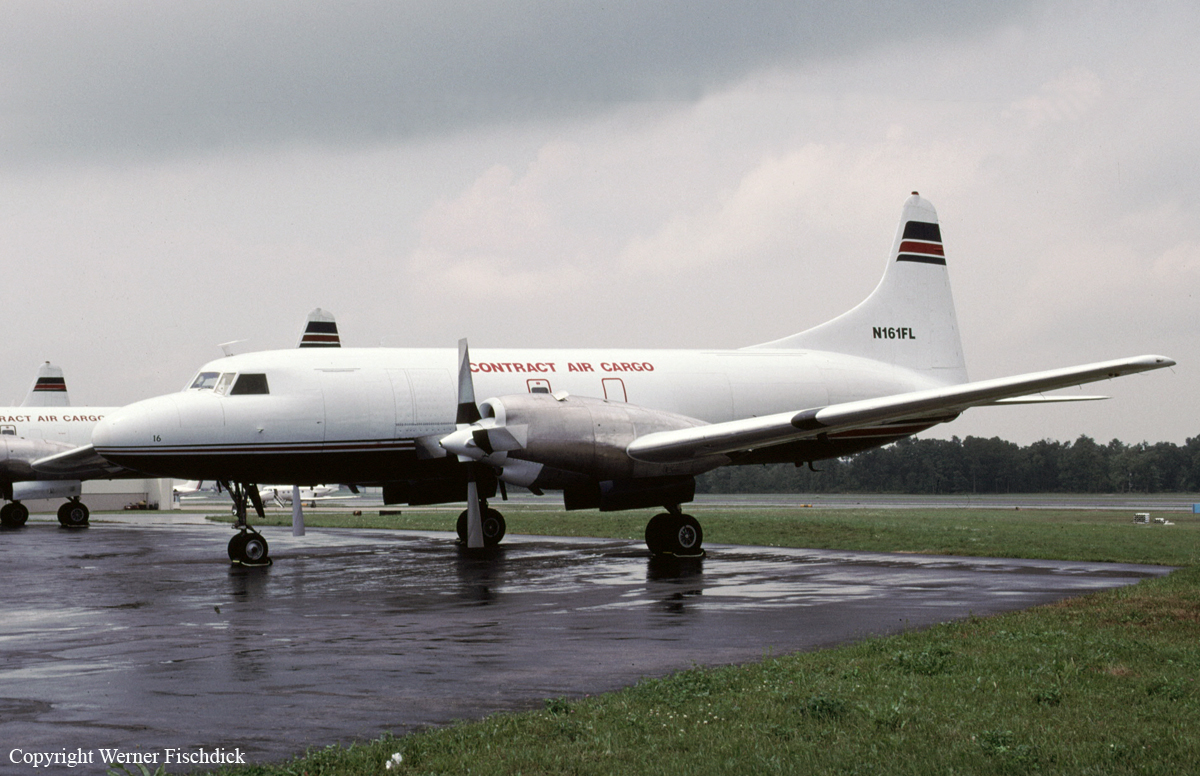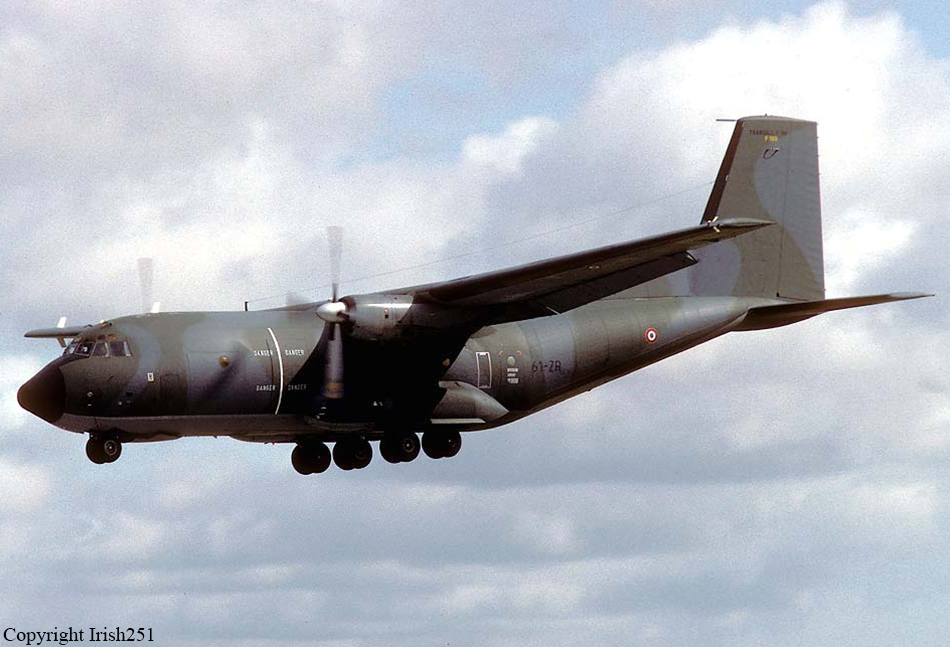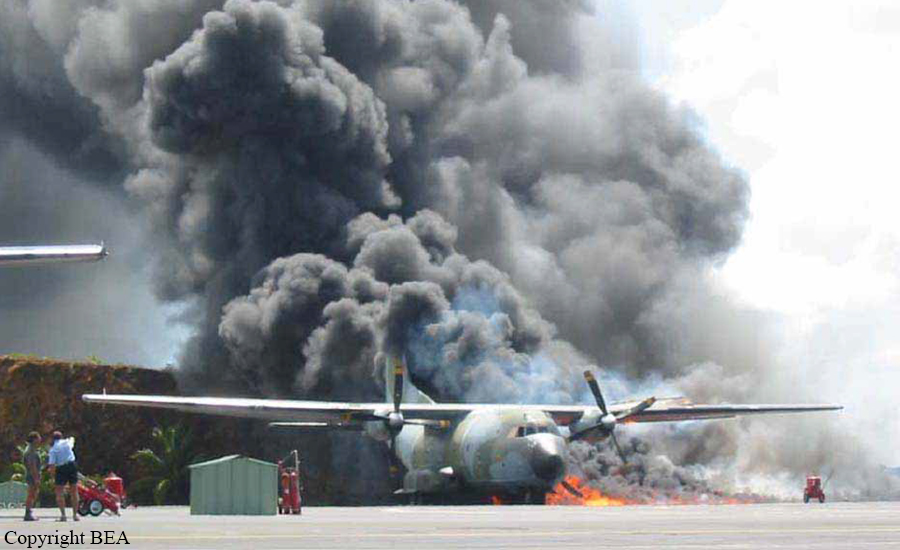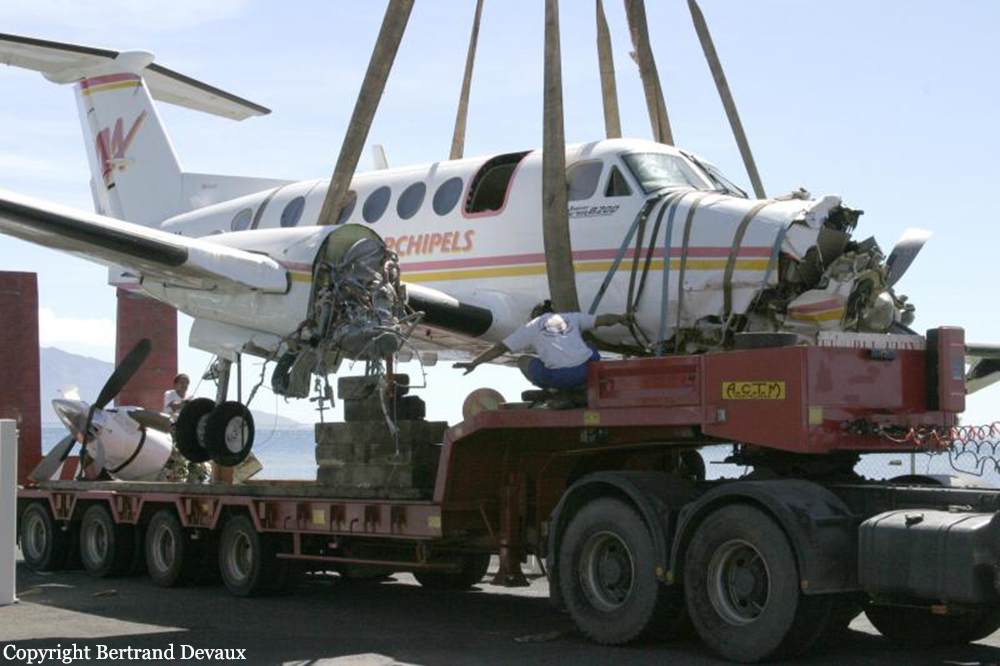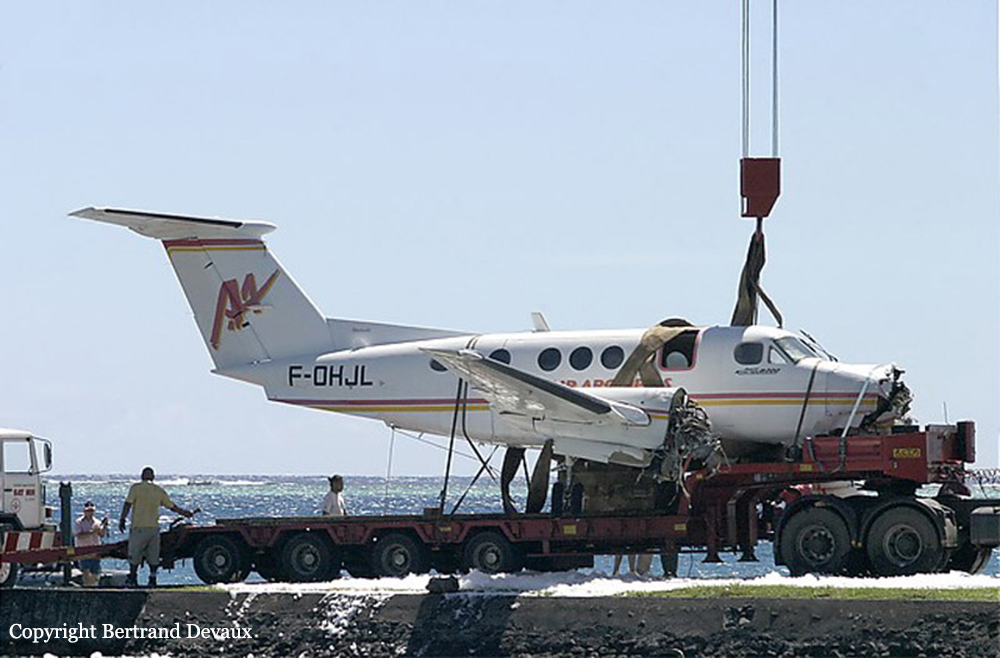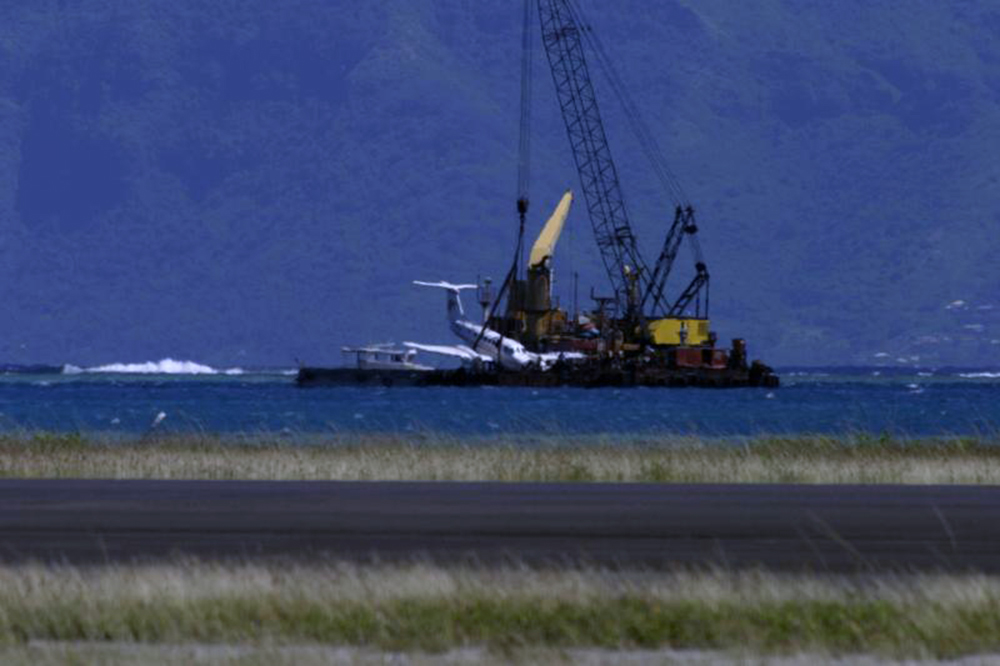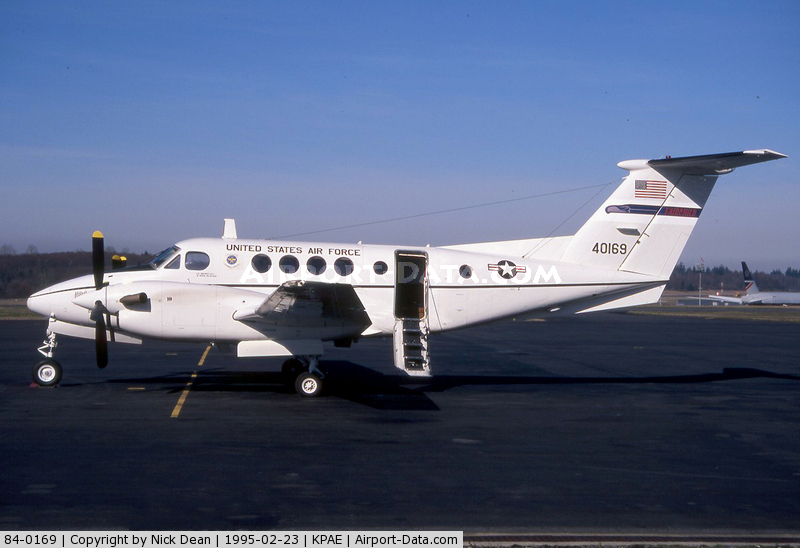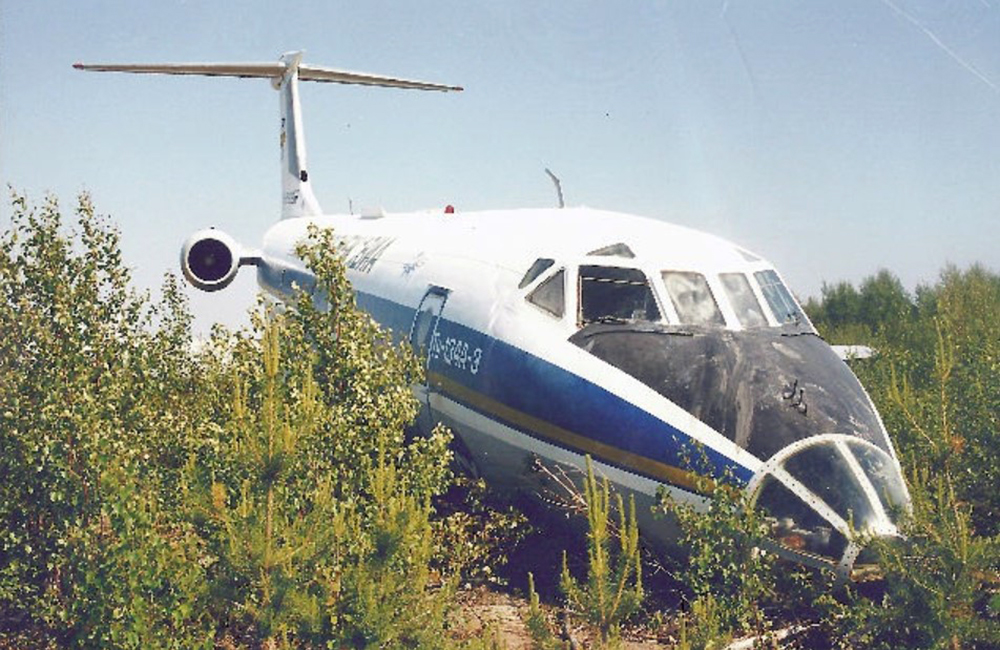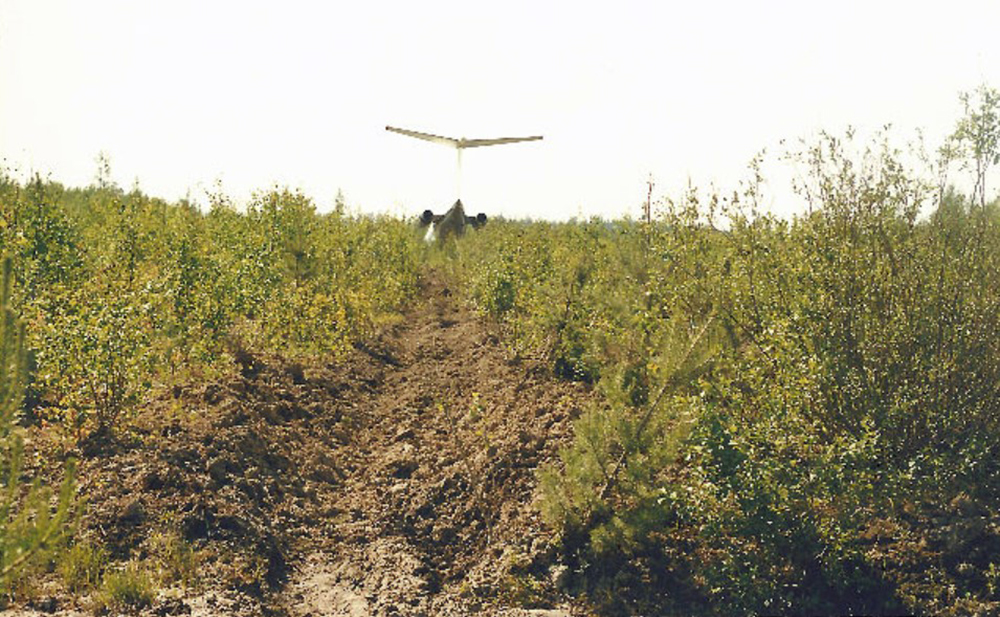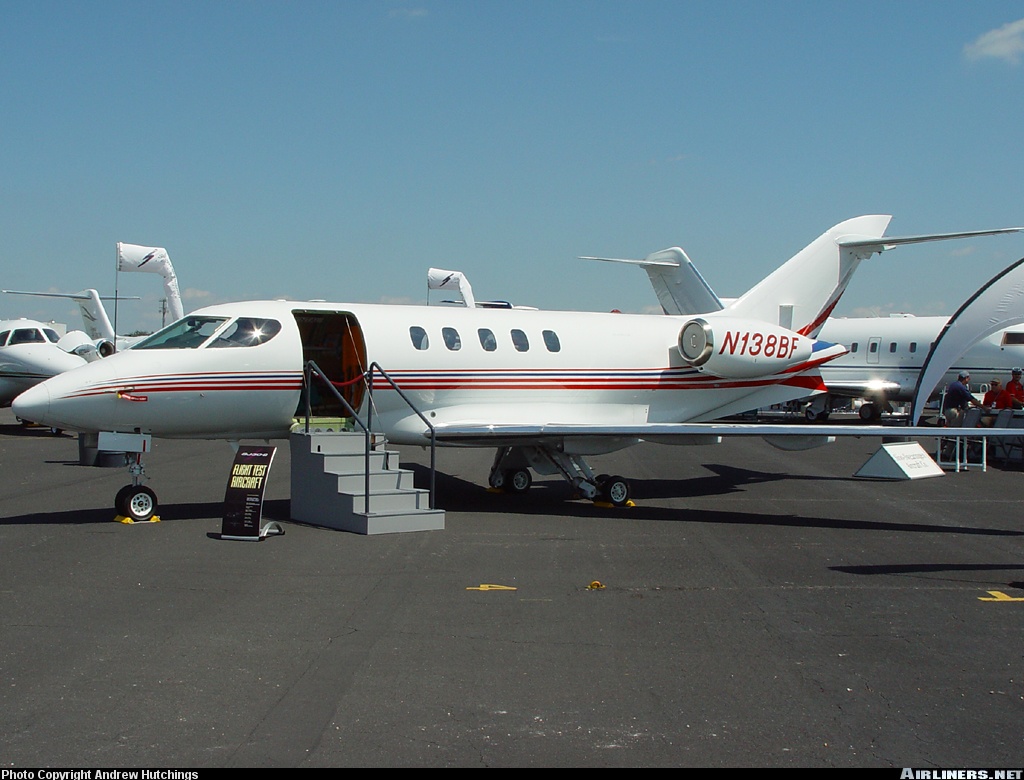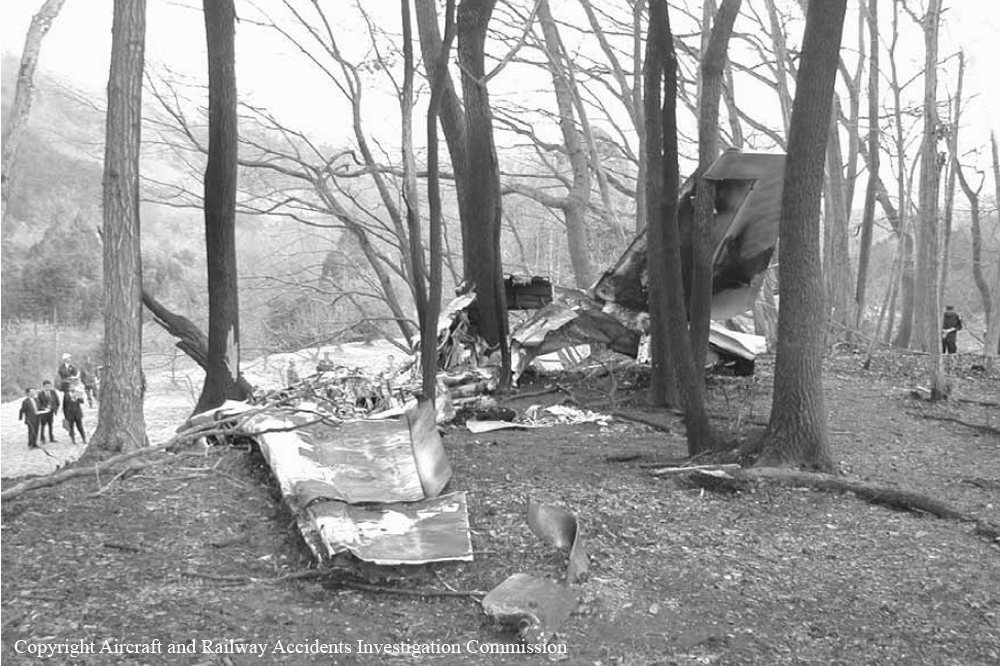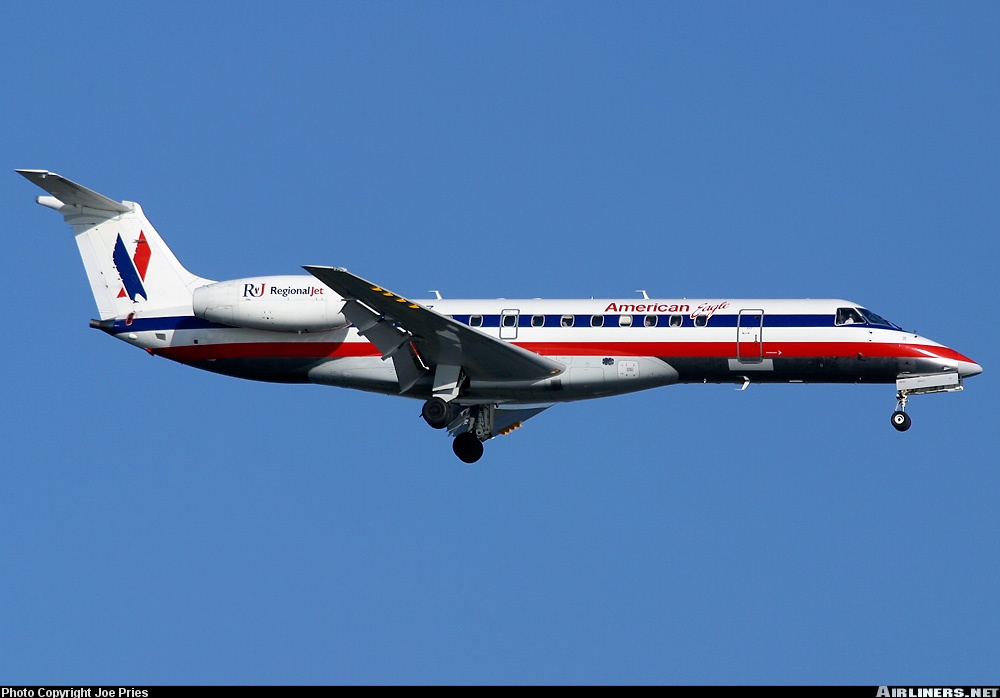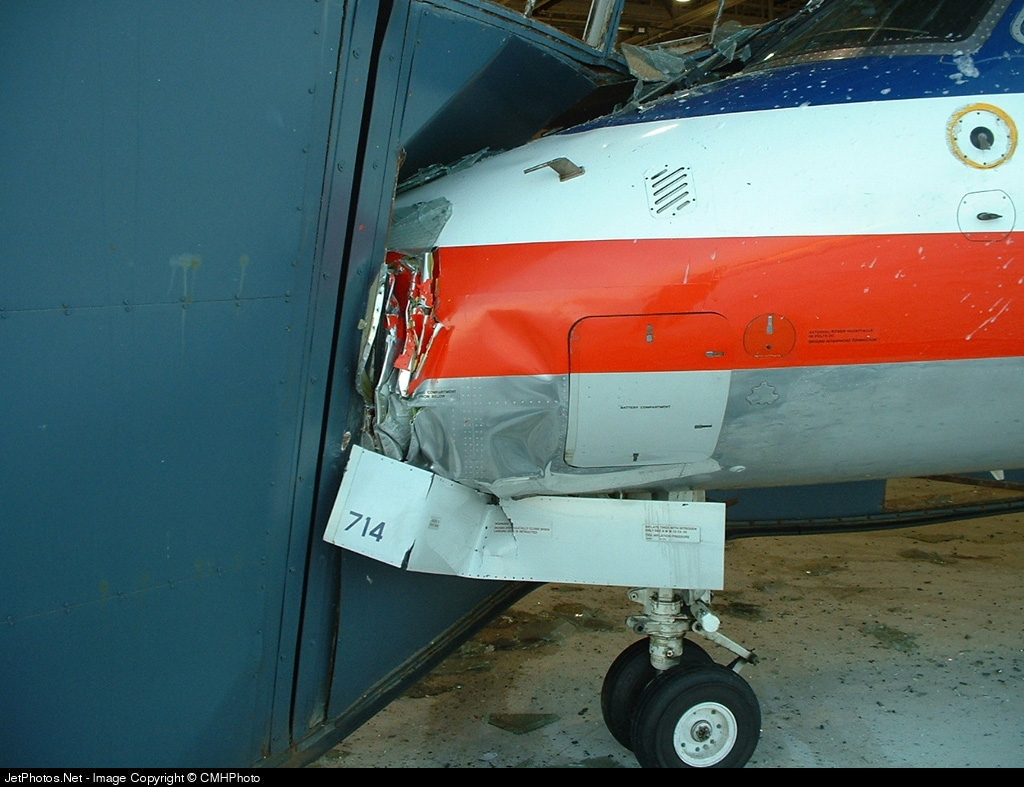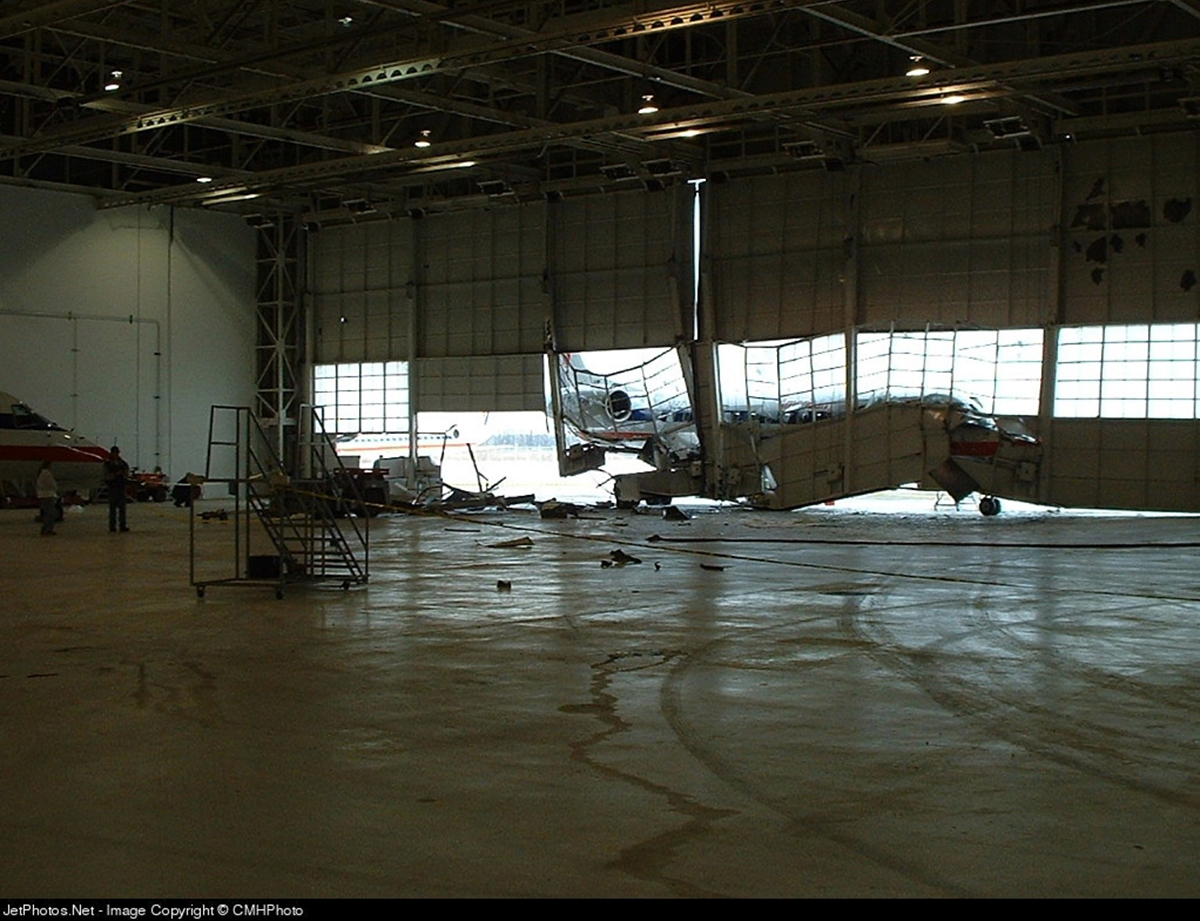Crash of a Convair CV-580F in McAllen
Date & Time:
Dec 4, 2004 at 1441 LT
Registration:
N161FL
Survivors:
Yes
Schedule:
McAllen - McAllen
MSN:
430
YOM:
1957
Crew on board:
3
Crew fatalities:
Pax on board:
0
Pax fatalities:
Other fatalities:
Total fatalities:
0
Captain / Total hours on type:
1500.00
Copilot / Total hours on type:
120
Aircraft flight hours:
29586
Circumstances:
The 9,500-hour ATP-rated pilot was forced to secure the left engine during a maintenance test flight following the malfunction of the left propeller. The crew executed single-engine instrument landing system (ILS) approach to runway 13. During short final, the crew noticed that the alternator light was illuminated and the hydraulic pressure gauge indicated "0" pressure. The landing gear was already extended and the flaps were partially extended, so the crew elected to continue the approach to a full-stop landing. Upon landing, the pilot immediately turned on the direct current (DC) hydraulic pump. The pilot added that he then realized that he was unable to maintain directional control of the airplane due to the lack of nose wheel steering and the ineffective wheel brakes. As a result, the airplane continued to veer to the right and exited the runway. The airplane collided with the airport perimeter fence and continued down into a drainage ditch. The examination of the aircraft revealed that the hydraulic pump switch did not appear as if it had been turned on.
Probable cause:
The failure to activate the hydraulic pump which resulted in the pilot's inability to maintain directional control.
Final Report:
